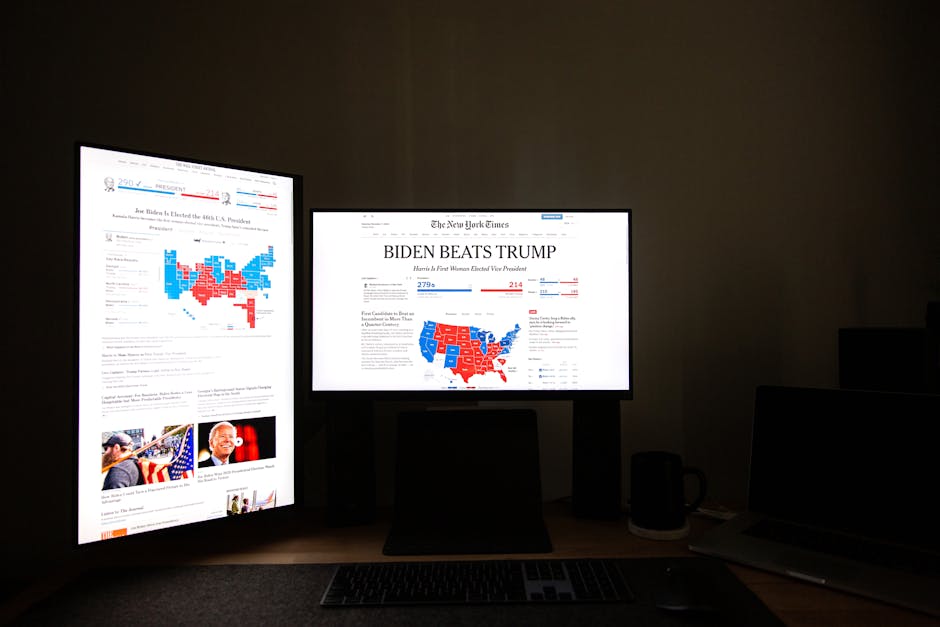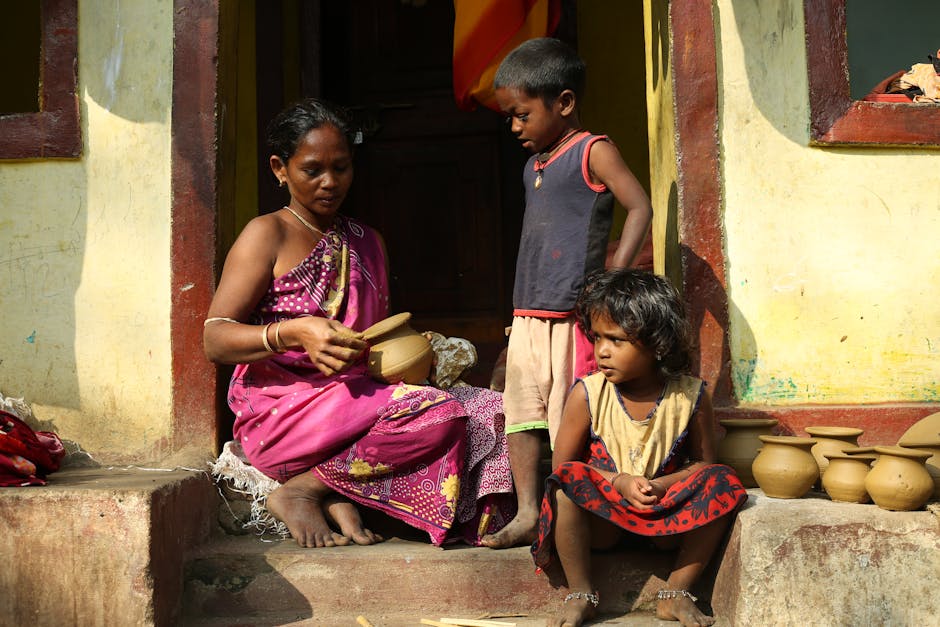Iraq’s 2024 Election: A Fractured Mandate
Iraq’s parliamentary elections have left the country at a crossroads, with record-low voter turnout, allegations of fraud, and shifting alliances. This breakdown covers the key outcomes, winners and losers, and what it means for Iraq’s future.
Why Did Voter Turnout Hit a Record Low?
Only 36% of eligible voters participated—down from 44% in 2018—reflecting deep public distrust in Iraq’s political class. Protests erupted in Baghdad and southern cities, with citizens boycotting over corruption, unemployment, and poor services. Analysts warn the disillusionment risks further instability.
Key Winners & Losers
- Muqtada al-Sadr’s Comeback
- His Sadrist Movement won 73 seats (up from 54 in 2018), cementing his anti-Iran, nationalist stance.
-
Challenges ahead: Can he build a coalition without Tehran-backed rivals?
-
Iran-Aligned Factions Lose Ground
-
The Fatah Alliance (linked to militias) collapsed from 48 to 17 seats, a blow to Tehran’s influence.
-
Sunnis & Kurds Gain Leverage
- The Sunni-led Taakadum Party (37 seats) and Kurdish KDP (31 seats) may decide the next government.
Fraud Allegations & Risks of Unrest
Opposition groups, including Fatah, reject the results, citing irregularities. If disputes escalate, Iraq could face:
– Delayed government formation
– Street protests or violence
– Foreign interference (U.S./Iran)
What’s Next for Iraq?
- Coalition Chaos: Al-Sadr needs Sunni/Kurdish support but may clash with pro-Iran factions.
- Regional Fallout: Will Tehran accept reduced influence? Can the U.S. engage pragmatically?
- Another Protest Wave? If reforms stall, Iraq’s 2019 protest movement could resurge.
Watch our video analysis for deeper insights into Iraq’s political shakeup.




